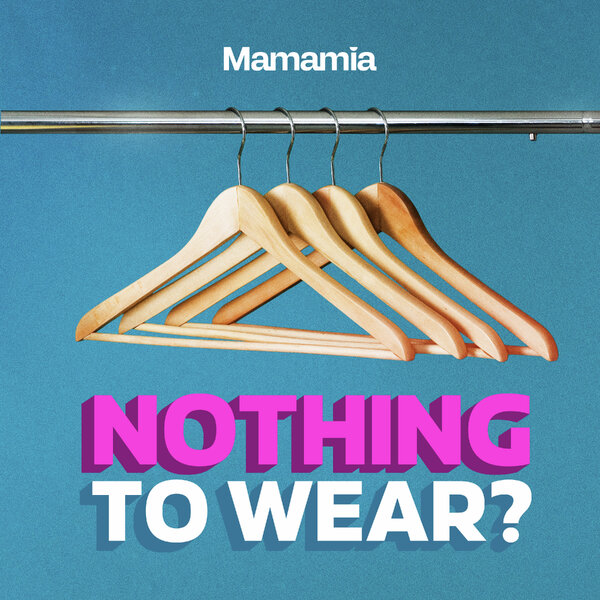Researchers are hoping to find out more about the link between eating disorder and genetics.
My parents heard the ‘bang’ when I fainted due to lack of nourishment and fell in the bathroom of their home. It was the morning of my wedding day. When I walked down the aisle, at age 20, to marry George, my childhood sweetheart, anorexia went too.
By appearance you would not know that my body was under-nourished. I looked of normal weight, the illness having transitioned into bulimia, accompanied by anxiety and depression. By mid-twenties, I continued to look ‘normal’ but my mind resembled a prison camp dominated by a binge/starve cycle riddled with self-punishing and self-harming demands. The eating disorder thrived on secrets and isolation.
Eventually it destroyed my marriage and almost me.
The anorexia, which had developed at age 11 as a friend to cope with a very stressful time, had extended its hold through adolescence and into young adulthood. Its 24/7 bossy demands became relentless, increasingly impossible to meet. Every day was ruled by diet and exercise regimes created in an endeavor to ease fear, anxiety and feelings of guilt. The bar was forever raised. Nothing was ever enough.
Outwardly I presented as a wife, mother, journalist, sister and daughter but my diary revealed a different story: with daily lists and pledges reflecting a desperate bid to escape the constant torment in my mind.
The few times I had tried to discuss how I felt with my mother, she had indicated I thought about myself too much, and that I should put the needs of others before those of my self. Therefore I thought I was weak, that I should be able to cope. The illness encourages this thinking, also, for it wants you all to itself. Isolate and conquer is its underlying mantra.





























































































